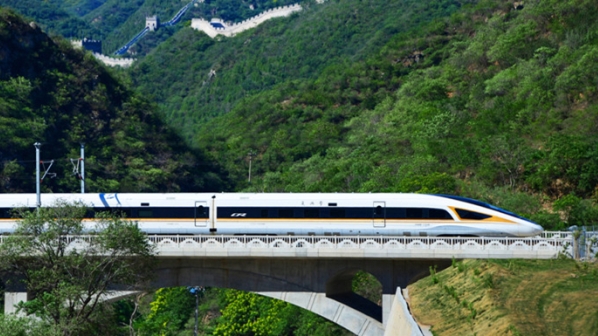All cities with more than 200,000 residents will be connected to the conventional network, while cities with more than 500,000 residents will be connected to the high-speed network. The country’s network of eight vertical and eight horizontal corridors will be further enhanced. According to the World Population Review, there are currently 129 cities with more than 500,000 residents and 231 cities with more than 200,000 residents in China.
China has invested around Yuan 800bn ($US 115bn) a year in rail since 2016, with the network reaching 141,000km by the end of July. The high-speed network is now 36,000km long, connecting 94.7% of cities with more than one million residents.
CR says rail is a strategic, critical infrastructure and forms the main artery of the Chinese economy. The plan focuses on accelerating the promotion of high-quality rail development including world-class facilities, equipment, services, safety and management, focusing on nine points:
- expansion of the network
- innovation and research
- service improvements
- high levels of safety
- improved operational efficiency
- strong governance
- promotion of rail’s environmentally friendly credentials
- improving rail’s role in developing the economy, and
- increasing rail’s competitiveness internationally.
CR says the plan will produce a high-level, modern railway by 2050.
China invested Yuan 325.8bn in the network in the first half of 2020, up Yuan 3.8bn (1.2%) on the same period last year. Earlier this month, China’s National Development and Reform Commission (NRDC) has approved a Yuan 474.1bn ($US 67.91bn) plan to develop inter-city railway connections in the Guangdong-Hong Kong-Macau Greater Bay area of southern China.
For detailed data on high-speed and conventional rail projects in China, subscribe to IRJ Pro.

